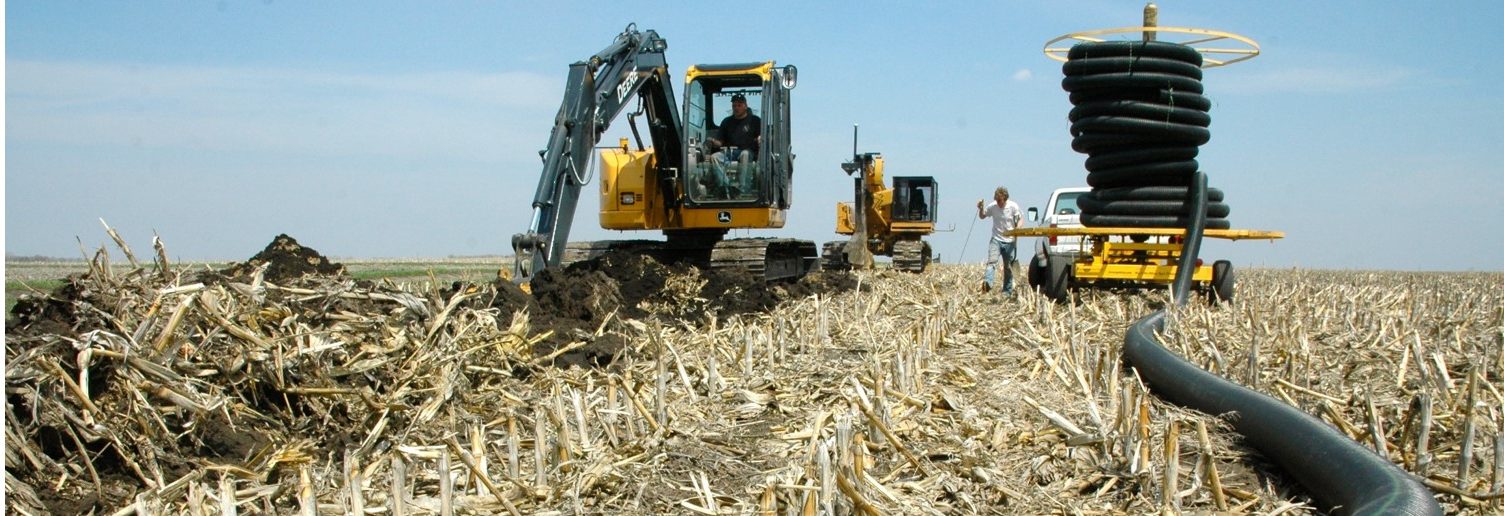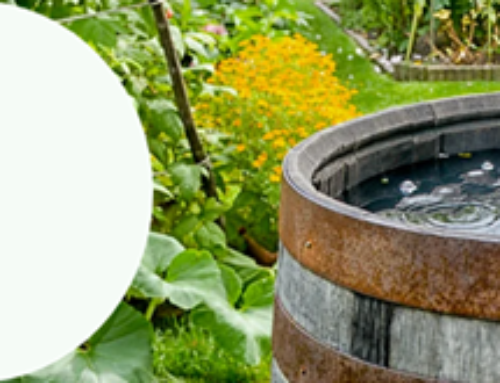Ahhh, agriculture. We’ve been at it for quite a long time – and adapting the land as we go. Of course, the types of modifications range the gamut, but what we’ve done on the water management front is truly incredible. I remember being amazed while walking along a stream in Germany and hea ring it was straightened by the Romans to square up the field and ease crop production. Additional land drainage techniques like ditches or subsurface tile are standard features in much of today’s landscape. My new home state of Illinois has approximately 35% of the agricultural land tile drained (University of Illinois Extension). For those not familiar with tile drains, they are subsurface drains installed at 50 to 150 foot spacing and two to five feet deep with the intent to lower the groundwater table and remove extra moisture from the soil to make an area more suitable for cropping. Considering the state has some 30 million acres in agricultural production, this is no small feat!
ring it was straightened by the Romans to square up the field and ease crop production. Additional land drainage techniques like ditches or subsurface tile are standard features in much of today’s landscape. My new home state of Illinois has approximately 35% of the agricultural land tile drained (University of Illinois Extension). For those not familiar with tile drains, they are subsurface drains installed at 50 to 150 foot spacing and two to five feet deep with the intent to lower the groundwater table and remove extra moisture from the soil to make an area more suitable for cropping. Considering the state has some 30 million acres in agricultural production, this is no small feat!
Now that the agricultural community has water quantity and flow direction under control, we’ve moved on to addressing water quality. What we’re finding is some of the features we modified or removed from the landscape might have been helping our water quality. Things like perennial cover through the use of cover crops or seasonally controlled drainage by using “stop-logs” in ditches or tile lines are making their way back into the landscape. Government programs, such as the Environmental Quality Incentives Program (EQIP), are supporting some of these efforts.


We’re even learning a thing or two from the years of water quality efforts in the urban areas. Activities such as providing dedicated infiltration areas (similar to infiltration trenches) in the urban landscape or filtering runoff by running it through a filter media (e.g. a bioretention) are potential mitigation techniques. Another practice, providing in-ditch phosphorus removal, is new, but has potential in both urban and agricultural landscapes (Penn et al. 2014). In fact, there is quite a bit of potential when it comes to additives.
Long story short, water quality initiatives are in full swing and total maximum daily load (TMDL) documents are calling for huge nitrogen and phosphorus reductions. Hopefully we can tap our aggregated experiences to come up with efficient and cost effective solutions to meeting our common water quality goals.
 Reid Christianson, PE, PhD
Reid Christianson, PE, PhD
Senior Water Resources Engineer, Center for Watershed Protection
Reid joined the Center in 2012 and works on a variety of projects including urban stormwater management designs, research on new practices, and strategic watershed planning. Reid made a 3.5 year stay in Maryland before heading west to Illinois, where he works remotely. Dr. Christianson is a Professional Engineer and has over 12 years’ experience in the water resources field. Prior to joining the Center, Reid worked for Iowa State University where he researched the impacts of agricultural best management practices and land use on water quality. In his spare time, Reid enjoys spreadsheet development, light weight programming, and “tinkering.”






